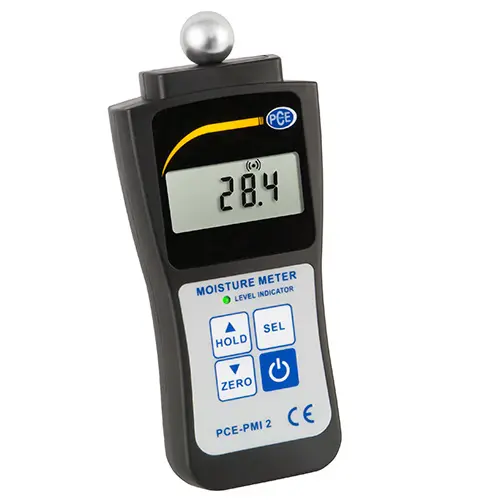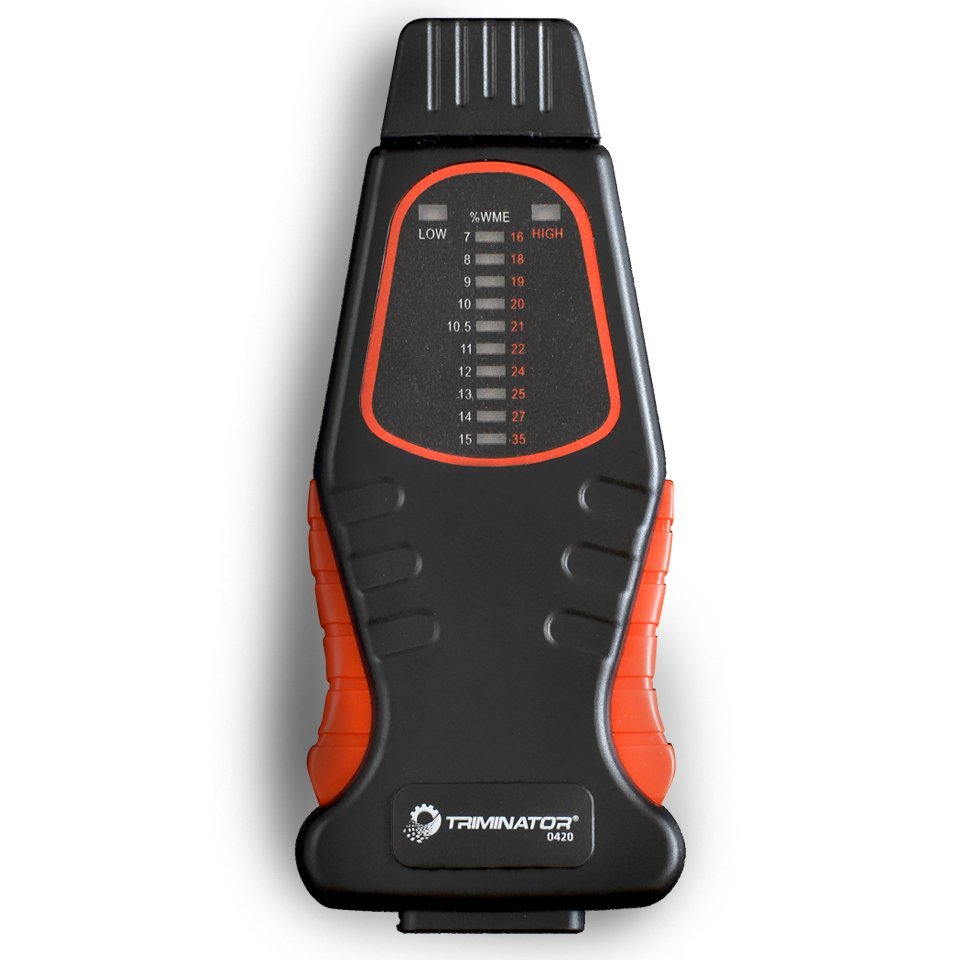The Ultimate Guide to Choosing the Right Moisture Meter for Your Needs
The Ultimate Guide to Choosing the Right Moisture Meter for Your Needs
Blog Article
The Ultimate Guide to Moisture Meters: A Comprehensive Review and How They Can Save You Money
In the world of building maintenance, building and construction, and different sectors, the relevance of precisely gauging wetness levels can not be overemphasized. Moisture meters act as essential tools in finding and keeping an eye on moisture content in products, assisting in avoiding costly problems and making sure the quality of products. Comprehending the nuances of various sorts of wetness meters, their applications, and the possible cost-saving advantages they provide can be a game-changer for companies and experts alike. Finding just how these devices can not just enhance procedures yet likewise add to financial cost savings is a trip worth starting.
Types of Moisture Meters
One usual kind is the pin-type wetness meter, which determines the electrical resistance between two pins put right into a product. Pinless moisture meters, on the various other hand, use electromagnetic sensor plates to scan a larger area without triggering damages to the material's surface area.

Infrared wetness meters measure the thermal buildings of a product to establish its moisture material non-invasively, making them useful for applications where pin or pinless meters may not be ideal. Recognizing the different kinds of moisture meters readily available can aid industries choose the most ideal device for their specific dampness measurement requirements.

Benefits of Making Use Of Moisture Meters
Dampness meters supply very useful benefits in properly keeping track of and evaluating dampness levels in diverse products and environments. One of the main advantages of making use of moisture meters is the avoidance of possible damages triggered by excess dampness.
Moreover, utilizing dampness meters can result in raised power efficiency. By recognizing areas with high dampness levels, such as leakages or poor insulation, adjustments can be made to improve power conservation and reduce energy prices. In agricultural setups, dampness meters play an important role in enhancing crop returns by making it possible for farmers to keep an eye on dirt wetness levels and make notified irrigation decisions. In general, the advantages of using moisture meters span across different sectors, supplying affordable services and advertising much better quality assurance practices.
How to Pick the Right Moisture Meter
Choosing the suitable moisture meter includes taking into consideration essential factors such as product compatibility, dimension range, and calibration precision. When picking a wetness meter, it's important to ensure that the meter is appropriate for the details material you will certainly be testing. Various materials have varying electrical buildings that can influence moisture analyses, so picking a meter developed for your product is vital for exact results. Furthermore, think about the measurement range of the wetness meter. Ensure that the meter can detect wetness degrees within the range required for your applications. Calibration precision is one more critical variable to bear in mind. Choose a dampness meter with dependable calibration to make sure precise and constant analyses. Some meters may require routine calibration modifications, so recognizing the calibration process is essential. By thoroughly assessing these variables, you can pick a wetness meter that satisfies your requirements and supplies exact moisture measurements for your projects.
Proper Methods for Wetness Meter Use

Expense Financial Savings With Wetness Meter Applications
Exactly how can the strategic use of wetness meters lead to considerable price financial savings across different sectors? In the agriculture sector, moisture meters aid in determining the ideal time for gathering plants, avoiding excess or over-drying wetness that can impact the last product's top quality.
Likewise, in building, dampness meters help protect against pricey problems by detecting moisture levels in structure products, such as timber or concrete, which can cause architectural issues otherwise dealt with quickly. By identifying issue locations early, professionals can take rehabilitative procedures to prevent comprehensive repair services or substitutes, inevitably saving money and time.
Furthermore, in the food handling industry, moisture meters are necessary for checking item quality and making certain conformity with safety and security laws. By accurately measuring moisture material in foodstuff, makers can stop perishing, keep quality, and minimize waste, causing substantial price financial savings. Overall, the calculated application of moisture meters is a anonymous beneficial investment that can bring about considerable cost reductions and improved effectiveness throughout various industries.
Verdict
In final thought, dampness meters are important devices for determining and spotting wetness levels in various materials. By using the appropriate moisture meter and complying with correct strategies, customers can efficiently prevent costly damages created by excess wetness.
Dampness meters serve as crucial devices in finding and monitoring moisture web content in materials, helping in stopping pricey damages and guaranteeing the top quality of products. Infrared wetness meters measure the thermal residential properties of a product to determine its wetness content non-invasively, making them valuable for applications where pin or pinless meters might not be suitable.Moisture meters use indispensable benefits in accurately keeping an eye on and examining wetness degrees in varied why not try these out materials and settings. In agricultural settings, moisture meters play an essential function in maximizing plant yields by enabling farmers to monitor soil dampness levels and make notified irrigation choices.In conclusion, wetness meters are useful devices for determining and detecting dampness degrees in numerous products.
Report this page